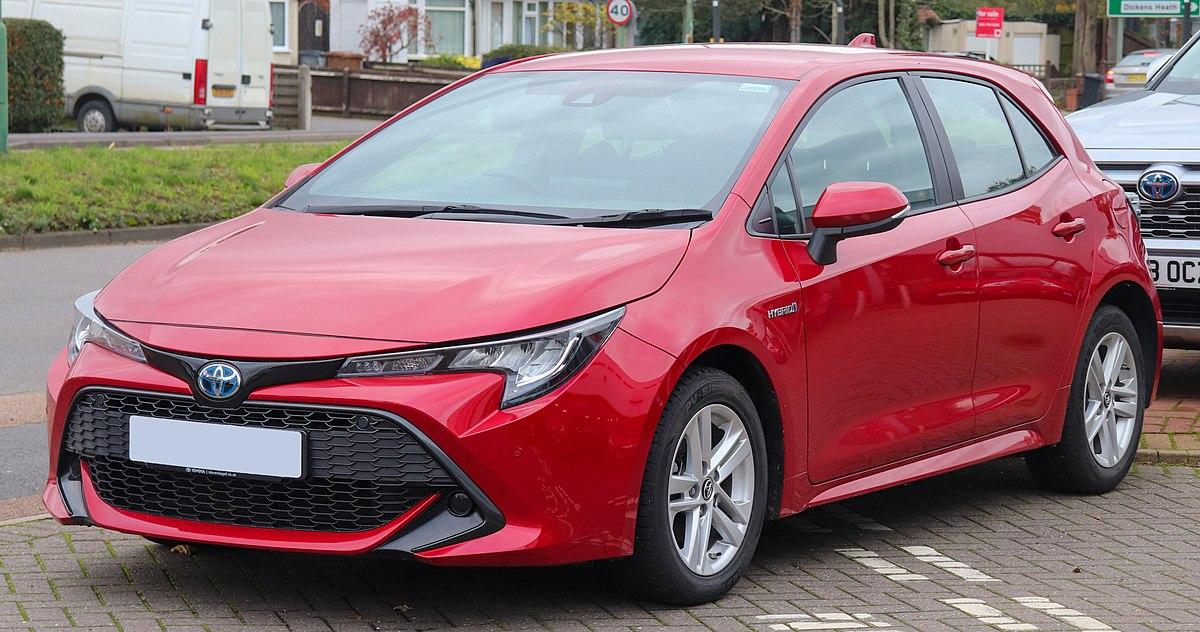If you have to drive on wet or slippery roads, nevertheless, you need to pay attention to keep a safe distance with the vehicle in front of you. That is because your car's wheels are in less contact with the road surface, which means your braking time will become longer. Here, I will share some conscientious advices. Hopefully, it will help you drive on wet roads more safely.
- Slow Down and Keep Your Distance
If you are driving on slippery and or wet roads, the best is to slow down.
Why It Matters: The wetter or icy the roads are, the longer it will take you to stop. If you are driving slower, it will give you more time to react if you have to stop in a hurry.
Keep Your Distance: Increase following distance from the car ahead of you. Doubling the distance between vehicles is a good general rule of thumb. This increased space affords you increased time to brake safely without colliding with the car in front of you.
- Brake Gently and Early
Braking suddenly can cause your car to skid, especially on wet or icy roads.
Why It’s Important: Sliding to a stop can create way more damage to yourself and your vehicle than a gentle, early application of your brakes, which gives your tyres more chances to find traction on the slippier surface.
How to Do It: Slow down a bit before coming to a stop at a stop sign, a traffic light or the rear of a slow-moving vehicle. Press gently and steadily on the brake than giving a solid stomp.
- Avoid Using Cruise Control
You have a cruise control feature in your car that helps to maintain a set speed on dry roads. But you should not use that feature on a wet or slippery road.
Here’s why it matters: a skidding car might take longer to get control of with cruise control (the system will attempt to hold speed) and – because you aren’t driving the car, so your reaction time is slower – you might not react as quickly either.
If it is raining, snowing or you are driving on wintery roads, turn cruise control off to ensure you can adjust your speed easily and stay better in control of your vehicle.
- Use Anti-lock Brakes Correctly
If your car’s brakes are equipped with Anti-lock Braking System (ABS), they will help to prevent the wheels from locking up during hard braking.
Why it matters: By preventing the wheels from skidding while you’re braking, ABS keeps you in control of the steering wheel. What few drivers realise is that knowing how to maximise the use of ABS is key to good handling in slippery conditions.
Use ABS: In the event of hard braking, press the brake firmly and hold. Do not pump the brakes. Let the ABS system do its job. The brake pedal may pulse or make a noise when the ABS is engaged.
- Watch for Standing Water and Ice
Puddles and patches of ice are two main hazards that can make your car lose traction, leading to hydroplaning or skidding.
What it means: Hydroplaning is when the tyres literally skim on the water layer between tyre and road, to the extent that you can’t steer, change gear or brake. Ice can make driving nearly impossible.
What to do: So, whether you are advised to cross a large puddle or what looks like ice, you should reduce your speed beforehand, and drive straight through without turning or stopping.
- Know How to Handle Skids
If your car skids, if you remain calm and know how to take charge, you will be able to stop it.
The Takeaway: Panicking and overcorrecting can make your skid worse as you lose even more control of your ride.
What To Do: When you feel your car skidding, take your foot off the gas pedal and steer in the direction you want the front of the car to go. Do not slam on the brakes, because your car will slide even more.
Conclusion: Stay Safe with Smart Braking
Driving in adverse conditions such as wet, rainy or slippery roads means one need to be alert and cautious. Slowing down, gently braking, looking over one's rear view mirror and being aware of the road conditions always helps in avoiding or minimizing accidents and staying safe behind the wheel. Allow plenty of space between you and the traffic ahead of you. Keep these tips in mind and you will be better prepared in your winter braking on the road.

